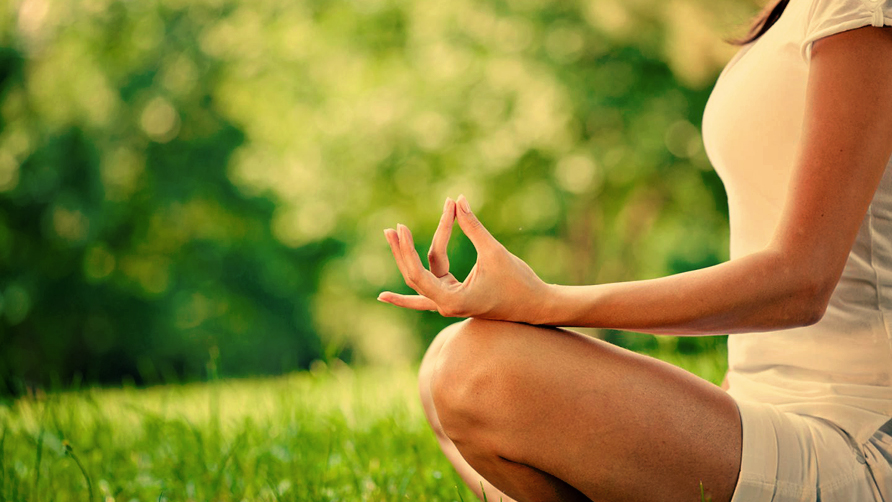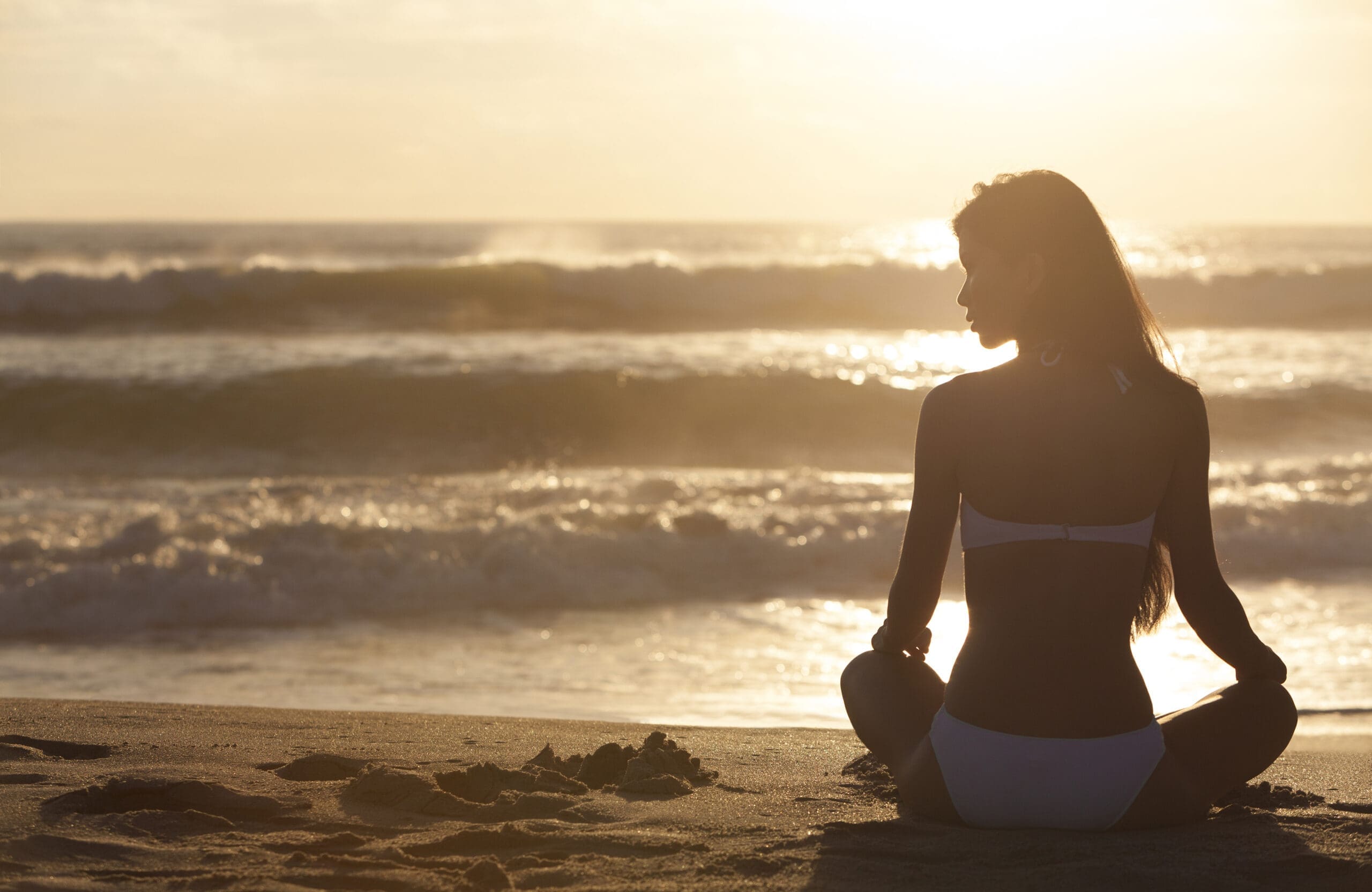On UN World Yoga Day, Bondi Beauty talks to Yoga Australia President, Claire Nettley, about the multifaceted benefits of yoga.
Is yoga beneficial for treating anxiety and other emotional issues?
Yes, definitely. All yoga is a form of therapy. One of the teachers, Krishnamacharya said, “If you’re breathing, you can do yoga” and it’s absolutely true. Anybody can do yoga, and if someone were looking for yoga therapy itself, I would advise them to reach out to the Australian Association of Yoga Therapists, and find a registered yoga therapist.
What does yoga have to offer people with mental health issues?
The second sutra in yoga means that ‘yoga stills the vacillations of the mind’. The idea of yoga is that we come to a clear, still mind. The physical practice, ‘asana’, was designed to get the body ready and into a state where it would be comfortable to sit and meditate. So it really is about mental health.
Why is yoga not widely promoted as a therapy?
People don’t necessarily understand the therapeutic role of yoga. It is a lifestyle practice, a holistic approach to all levels of health and wellbeing within the individual. The Australian Association of Yoga Therapists is doing a lot of work to educate people about that speciality, but I think our role is to educate around what yoga is.
How often does one need to practice yoga in order for it to have an effect on the mind?
To really reap the benefits, practice every day. Some people practice for an hour a day, some people practice five minutes a day, or you could do five minutes, three times a day. It’s about finding what works for you through that regular sustained practice.
To what extent do you see yoga as a lifestyle as opposed to simply a way to stay in shape?
Yoga is definitely a lifestyle practice. Yoga is never really meant to be about staying in shape. The physical postures are really just one part of yoga. Staying in shape is really just a bi-product of it. It really is a lifestyle practice.
Is there an essential yoga mindset?
Yes, the mindset of enquiry. People often say to me “I can’t do yoga, I’m not flexible enough” and I always say, the only thing that needs to be flexible for yoga is your mind. If you can go into it with a sense of enquiry, it’s a really good approach to have.
What is the relationship between meditation and yoga?
Ultimately, meditation and yoga are the same thing. They are both a journey and a destination, a practice and the outcome.
This Sunday we celebrate the first annual UN World Yoga Day. How will World Yoga Day help bring more awareness to the yoga community in Australia?
The great thing about it is that it is driving a lot of conversation about yoga, which is fantastic. It raises awareness of the practice and I think it will hopefully bring people into the practice that perhaps wouldn’t necessarily go to a yoga class or be aware of what yoga is really about. It really makes yoga accessible for all, which is what it should be.




